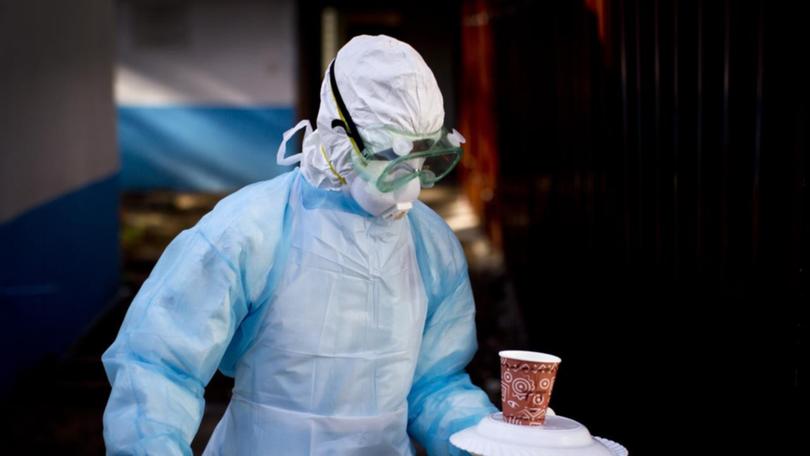Marburg fever: Death toll rises to 11 as Rwanda health officials try to locate source of outbreak

Marburg haemorrhagic fever has killed 11 people in Rwanda, health authorities say, as the country continues to investigate the source of an outbreak first traced among patients in health facilities.
There are 36 confirmed cases of the disease that manifests like Ebola, with 25 of them in isolation, according to the Rwandan government’s latest update.
Rwanda declared the outbreak on September 27 and reported six deaths a day later.
Sign up to The Nightly's newsletters.
Get the first look at the digital newspaper, curated daily stories and breaking headlines delivered to your inbox.
By continuing you agree to our Terms and Privacy Policy.Authorities said at the time that the first cases had been found among patients in health facilities and that an investigation was underway “to determine the origin of the infection”.
The source remains unclear days later, raising contagion fears in the small central African country.
Isolating patients and their contacts is key to stopping the spread of viral haemorrhagic fevers like Marburg.
The World Health Organisation has warned that cases in Kigali, the Rwandan capital, pose a risk of international spread because the city has an international airport and is connected by road to other cities in east Africa.
Testifying to growing international concern about the outbreak, in Germany two people were isolated in the northern city of Hamburg after returning from Rwanda, where they had been in a medical facility with Marburg virus patients, the European Centre for Disease Prevention and Control said in a statement on Thursday.
Both tested negative for the virus, the ECDC statement said.
German media reports said that concern about the virus led authorities to cordon off two tracks at a railway station where the two people had arrived.
One was a young medical student who had felt symptoms of the disease and contacted doctors from the train.
In Rwanda, most of the affected people are healthcare workers across six out of 30 districts in Rwanda.
Some patients live in districts bordering the Democratic Republic of Congo, Burundi, Uganda and Tanzania, according to the WHO.
At least 300 people who came into contact with those confirmed to have Marburg have been identified, and an unspecified number of them are now in isolation facilities, according to Rwandan health authorities.
Rwandans have been urged to avoid physical contact to help curb the spread.
Strict measures include the suspension of school and hospital visits as well as a restriction on the number of those who can attend funerals for Marburg victims.
Home vigils are not allowed in the event a death is linked to Marburg.
The US embassy in Rwanda’s capital of Kigali has urged its staff to work remotely and avoid visiting offices.
Like Ebola, the Marburg virus is believed to originate in fruit bats and spreads between people through close contact with the bodily fluids of infected individuals or with surfaces, such as contaminated bed sheets.
Without treatment, Marburg can be fatal in up to 88 per cent of people who fall ill with the disease.
Symptoms include fever, muscle pains, diarrhoea, vomiting and - in some cases - death through extreme blood loss.
Marburg outbreaks and individual cases have in the past been recorded in Tanzania, Equatorial Guinea, Angola, DR Congo, Kenya, South Africa, Uganda and Ghana, according to the WHO.
The virus was first identified in 1967 after it caused simultaneous outbreaks of disease in laboratories in Marburg, Germany and Belgrade, Serbia.
Seven people died who were exposed to the virus while conducting research on monkeys.
